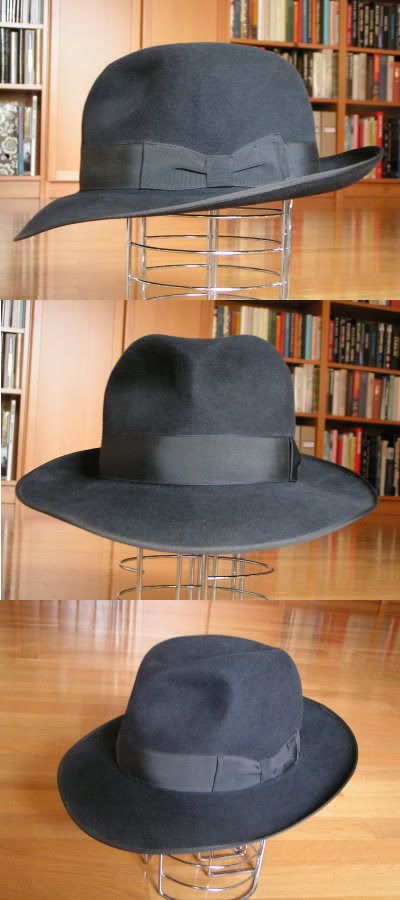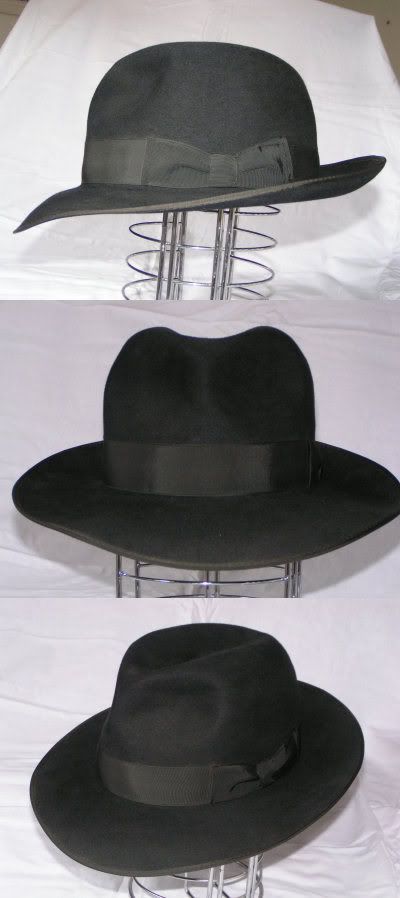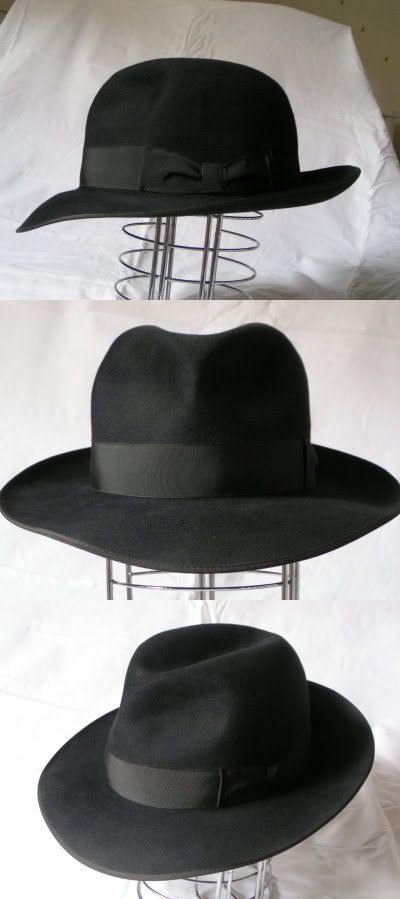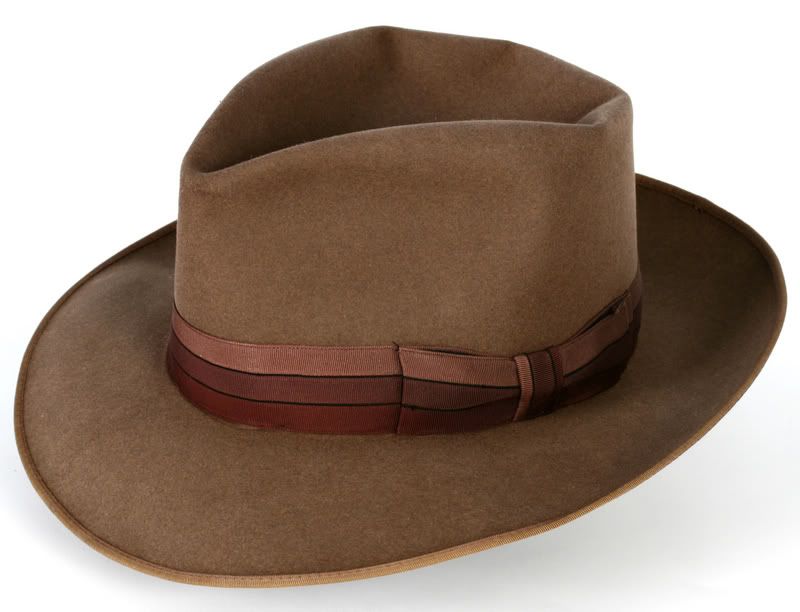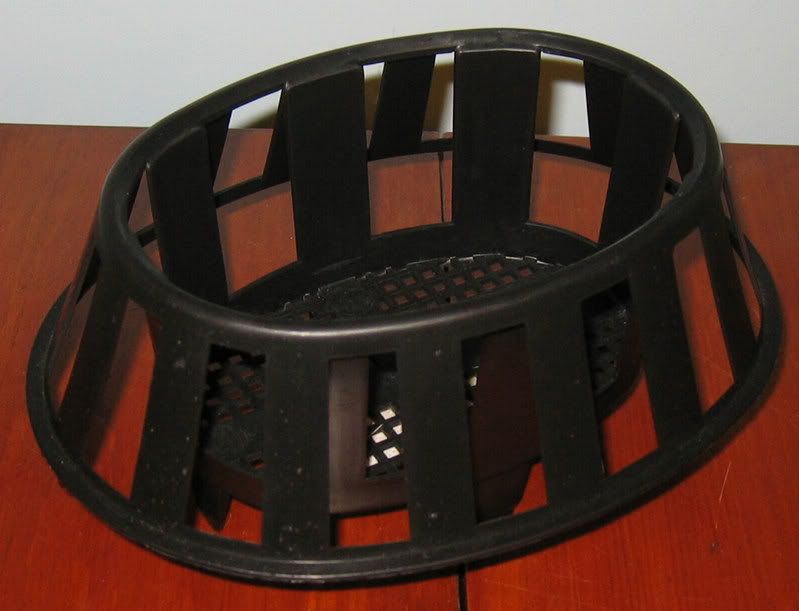Flieger
Practically Family
- Messages
- 570
- Location
- Umea, Sweden
Reading the backlogs here at FL I often come across comments like:
"Sorry for the crappy photo..."
"The color is wrong in this shot..."
"The details are beautiful but unfortunatley they don't show up..."
Etc, etc.
In this day and age of digital cameras one would think that getting a decent shot or two of your hat (or other object) would be an easy task... but I find it's anything but. Ok, some of you out there take brilliant photos but for the rest of us who don't always succeed - How about a photo discussion?
Maybe this topic should be placed somewhere else on the forum but I choose the "Hats" section because.. well, I like hats and I love to learn how to document them properly.
So, how to get good photos of your new darling lid?
- Lighting
- Color
- Angles to choose
- Details to show
Regards
/Flieger
"Sorry for the crappy photo..."
"The color is wrong in this shot..."
"The details are beautiful but unfortunatley they don't show up..."
Etc, etc.
In this day and age of digital cameras one would think that getting a decent shot or two of your hat (or other object) would be an easy task... but I find it's anything but. Ok, some of you out there take brilliant photos but for the rest of us who don't always succeed - How about a photo discussion?
Maybe this topic should be placed somewhere else on the forum but I choose the "Hats" section because.. well, I like hats and I love to learn how to document them properly.
So, how to get good photos of your new darling lid?
- Lighting
- Color
- Angles to choose
- Details to show
Regards
/Flieger
